Cups, saucers, and other set pieces are decorated with a seaweed design, transfer printed in rust red, with gilt rims. The cups have a bucket shape with gilding on the foot ring and squared handle. All pieces bear the company mark on the bottom, and the cups and saucers additionally have the pattern number G3160 written in red ink. Minton products are always highly desirable, either as individual pieces or as part of a set. Many museums around the world display this Minton design as representative of English porcelain.
An interesting fact: Leland Stanford (1824-1893), American politician, 8th Governor of California, industrialist, entrepreneur, and founder of Stanford University, enjoyed drinking tea from this particular Minton set.
https://cantorcollection.stanford.edu/objects-1/info?query=currentlocation%20%3D%20%22%40CAC-Installation%40%22%20and%20disp_access_no%20!%3D%20%22t%40%22%20and%20disp_access_no%20!%3D%20%22%22%22%22%22%22%22%22%22%22%22%22%22%22%22%22%20and%20Creation_Place2%20%3D%20%22England%22%20and%20Disp_Maker_1%20%3D%20%22Minton%22&sort=9
The Minton Porcelain Company was one of the pioneers of English porcelain production. The Minton factory was founded in 1793 in Stoke-on-Trent by Thomas Minton. After his death in 1836, the company passed to his son, under whom it became one of the leading centers of high-quality ceramics, porcelain, and tiles in Victorian England.
Thomas Minton made Minton ware famous for its cream-colored and blue-printed earthenware, majolica, bone china, and Parian porcelain. The factory stood out in the Victorian period for its "art" porcelains and was known for its wonderfully fine white bone china and bright colors. Minton supplied vast quantities of tableware, tiles, and other items to the USA in the 19th century; the White House was traditionally supplied with Minton crockery, and many grand buildings of this era were tiled with Minton tiles, including the House of Parliament. The dining room of the English royal family on the family yacht "Britannia," where heads of state and distinguished guests are honored, is served with Minton tableware.
The factory was also a popular supplier of custom dinnerware for embassies and heads of state, and the name continues to thrive today as part of the Waterford, Wedgwood, and Royal Doulton Group. The Minton trademark is one of the most famous porcelains of the 19th century and remains one of the most expensive in the world. It is a magnificent, exquisite gift and a true treasure for serious collectors.
Dimensions:
Teapot - distance from the tip of the spout to the handle: 21 cm, height to the top of the finial on the lid: 12.5 cm, width of the kettle: 9 cm.
Sugar bowl - length: 4.5 cm, width: 7.9 cm, height: 5.5 cm.
Milk jug - length: 11 cm, width: 7 cm, height: 5 cm.
Tea cup - width: 10 cm, diameter: 8 cm, height: 5.5 cm.
Saucer - top diameter: 12.5 cm, height: 2.5 cm.
Condition:
Teapot - actively used, with cracked enamel showing traces of tea. There are enamel cracks in the upper part of the teapot, where the wide rim meets the body, as well as at the base of the handle. However, there are no cracks in the body of the kettle or signs of restoration; the checkup was conducted using an ultraviolet light source. The body of the teapot is yellowish, but surprisingly, the gilding and paint are in brand new condition, as if painted yesterday. The lid is a different color - completely light. All other items are in such condition that they appear to have been made last month, all in superb quality.
Please study the accompanying photographs carefully, as they form an integral part of this description. The item will be shipped with full tracking and insurance. Shipping costs include labor, packaging, and postage.
P.S.If necessary, please request additional photos



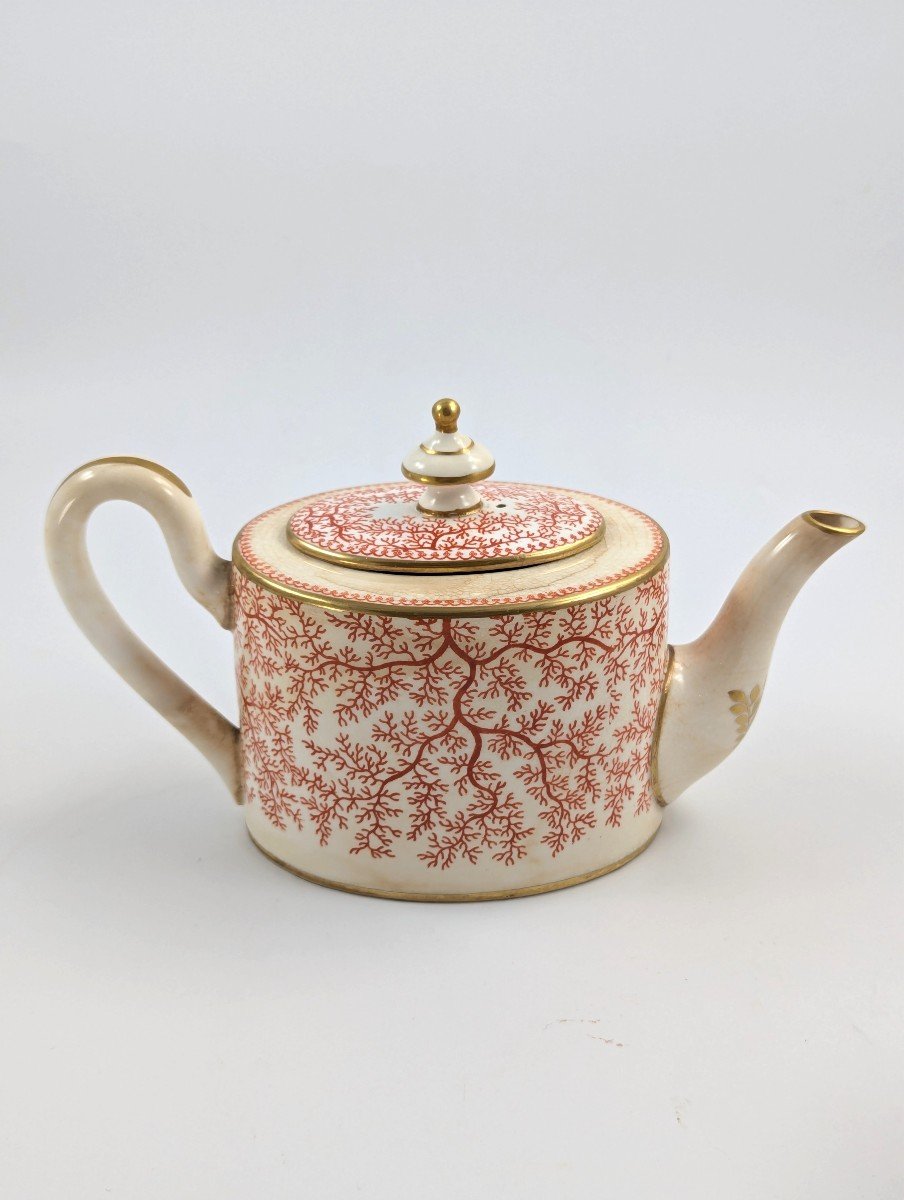
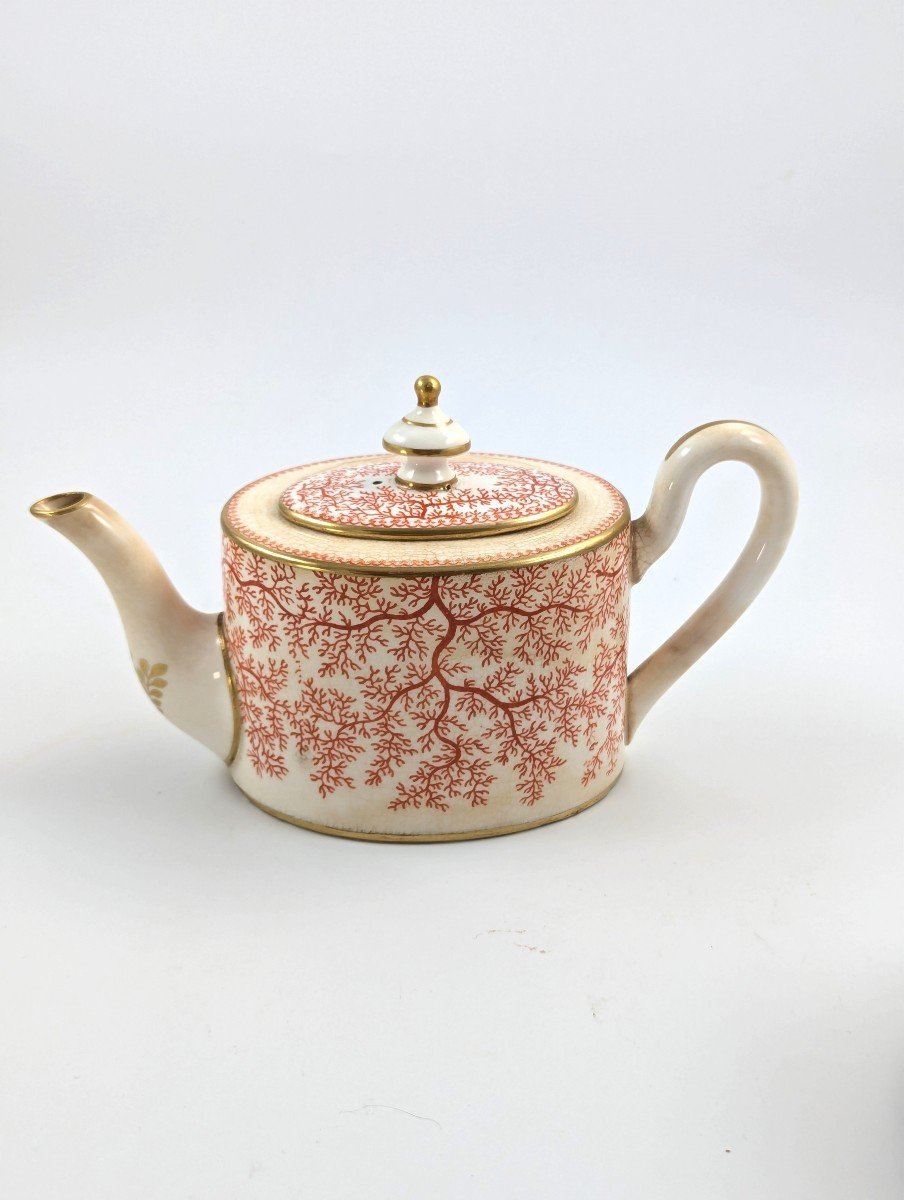
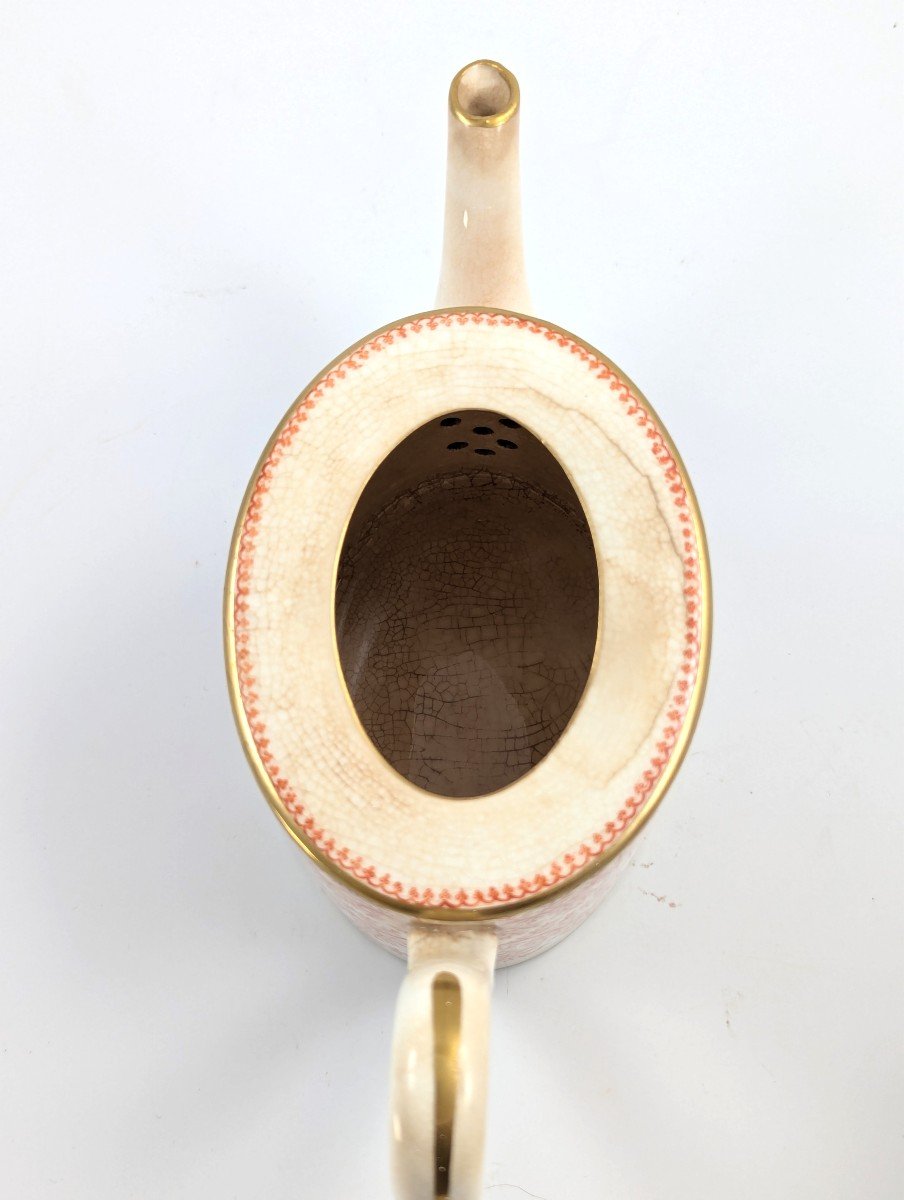


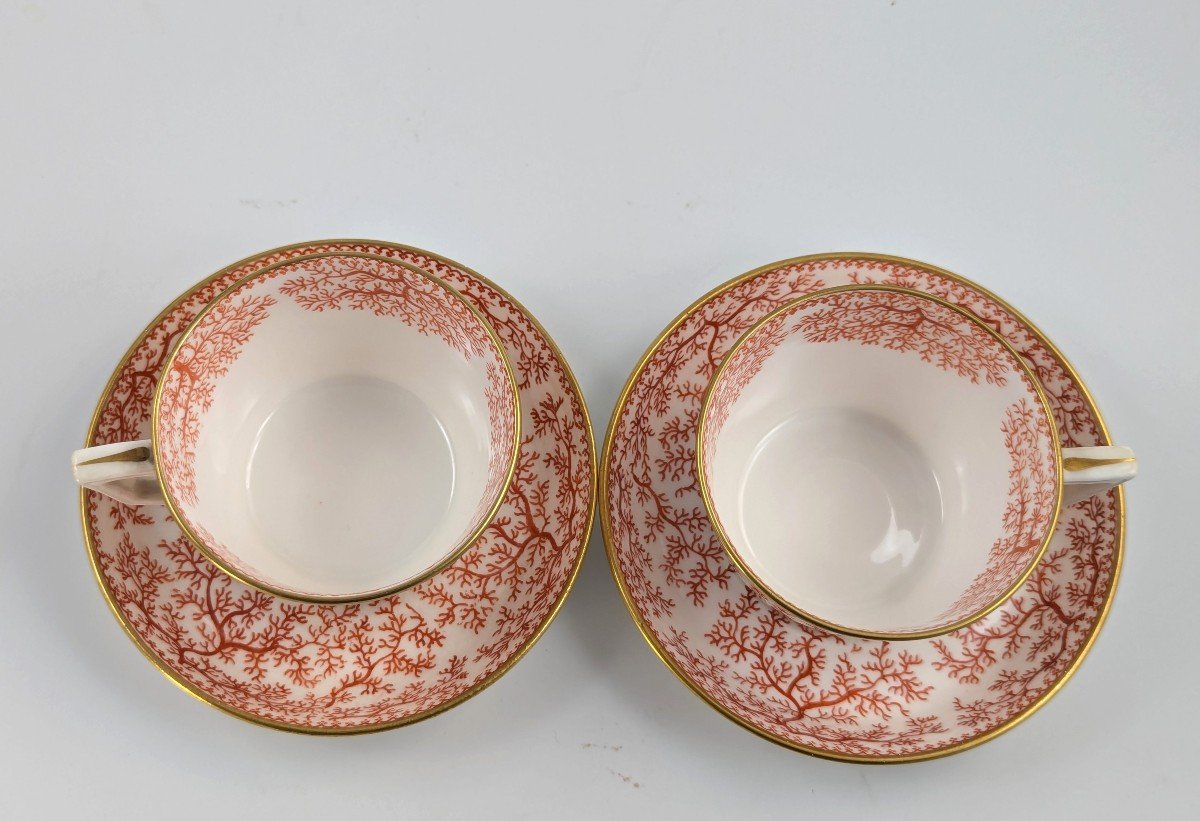
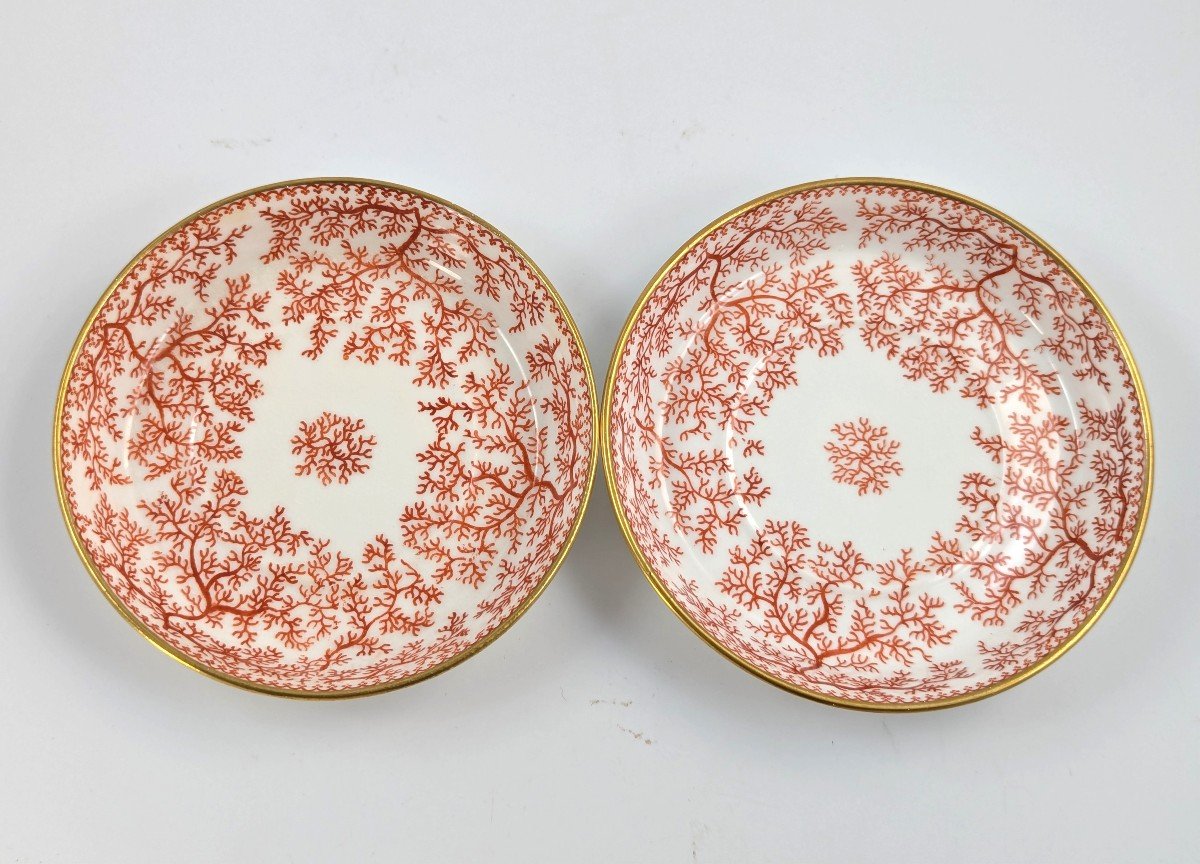



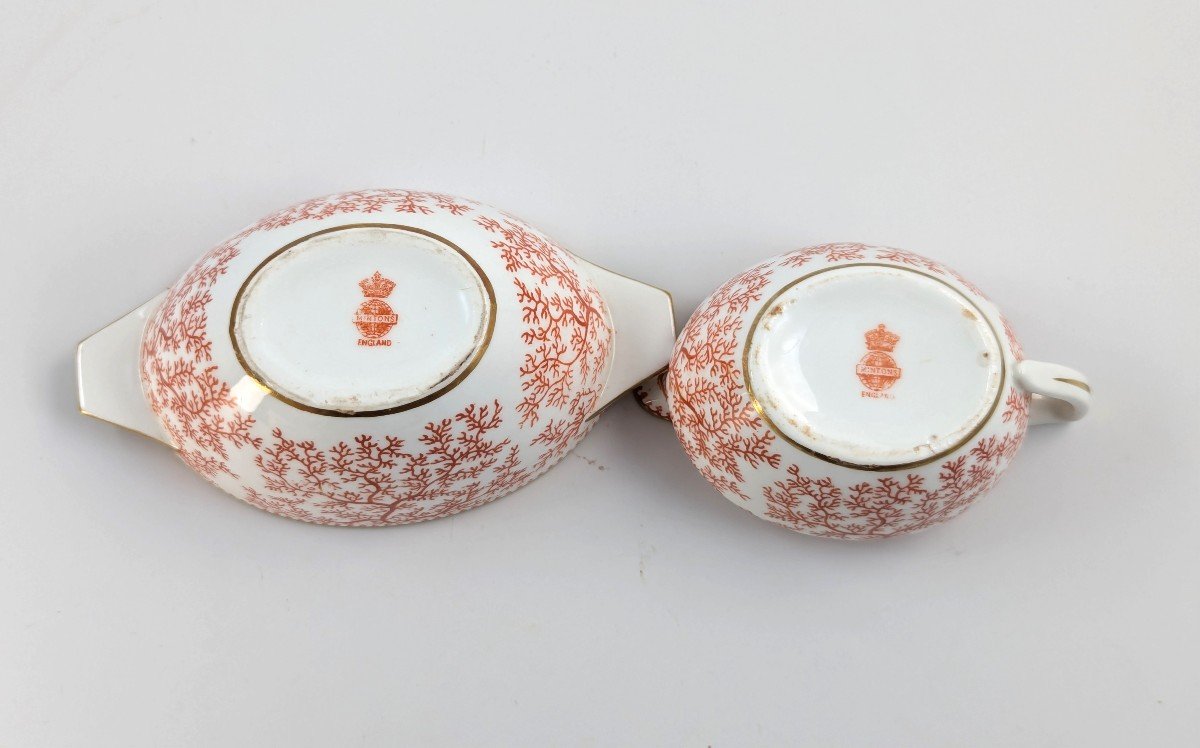


















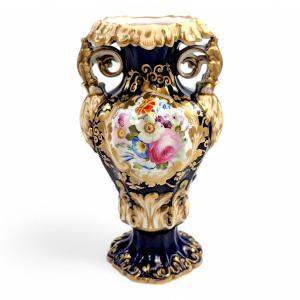





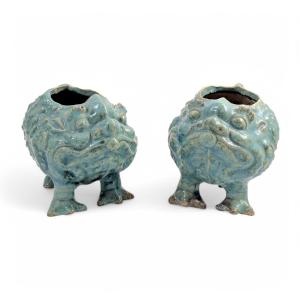




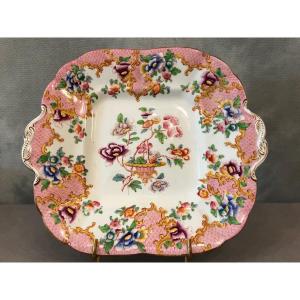


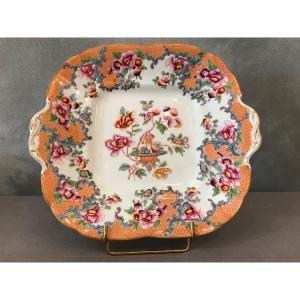



 Le Magazine de PROANTIC
Le Magazine de PROANTIC TRÉSORS Magazine
TRÉSORS Magazine Rivista Artiquariato
Rivista Artiquariato